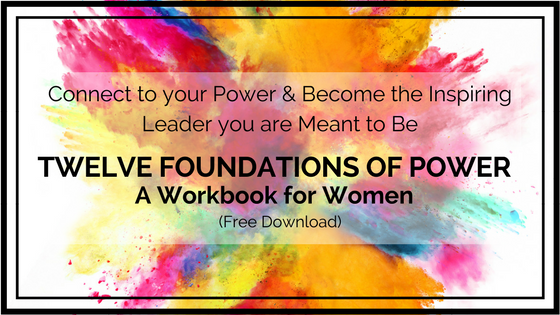Next time you are in a busy public place take a look around you.
Notice people's bodies as they walk by, talking with their friends, looking at their phones or rushing to get somewhere. What do you see? Can you see how what people are thinking and feeling is broadcast through how they move and hold themselves?
'Oh shit, I'm going to be late!' OR '...I don't know about this...' OR 'I'm exhausted!' OR 'I'm beautiful and I know it.'
Our physical presence says so much about who we are. When we make this conscious, we have the power not only to influence how we are perceived but also to genuinely shift how we feel and interact with the world from the inside out. A tall and well supported spine doesn't just tell the world that you are a vibrant and confident person, it tells your inner world the same thing.
So, next time you are rushing to work with your shoulders hunched forward and drawn up to your ears take a moment to breathe deep, relax your shoulders down your back and lengthen that spine of yours. Not only will it tell the world that you feel good about where and who you are, it will help you to genuinely feel that way.
Here's to enjoying being in skin!

